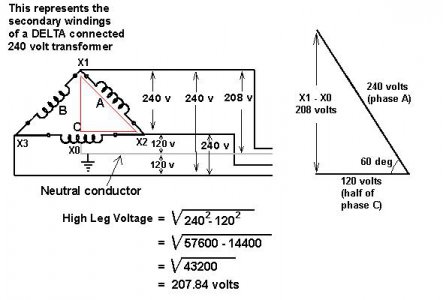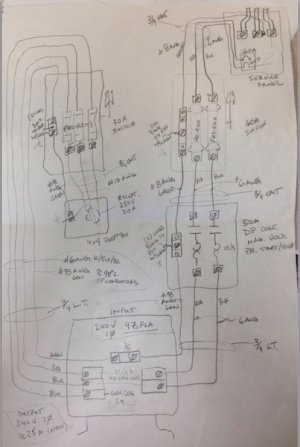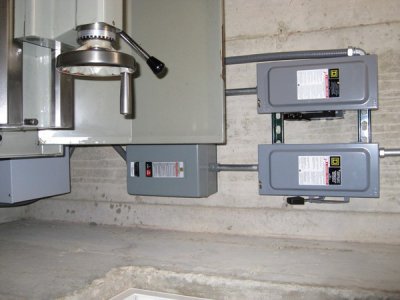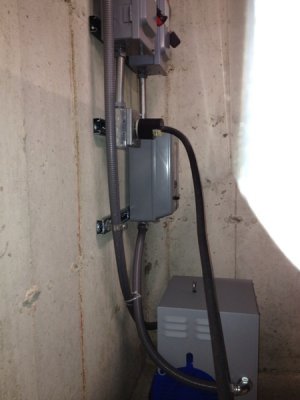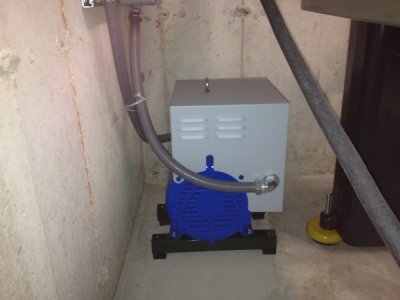Strictly speaking not so.If you are planning to bring in a separate 3 phase service to your shop, then yes you can run everything off of the 3 phase panel. Be mindful of the wild leg, about 180 V to neutral and ground.
Usually three phase 240V is supplied from the power company in delta configuration. Transformers within the building can be used to convert to three phase 208 volt wye which is 120V from a three phase leg to neutral. We have two such transformers in this building.
Lots of motors are rated to run at 208 volts three phase. Lots of large three phase machines have internal transformers to step down from 240V to 120V for control mechanisms.


